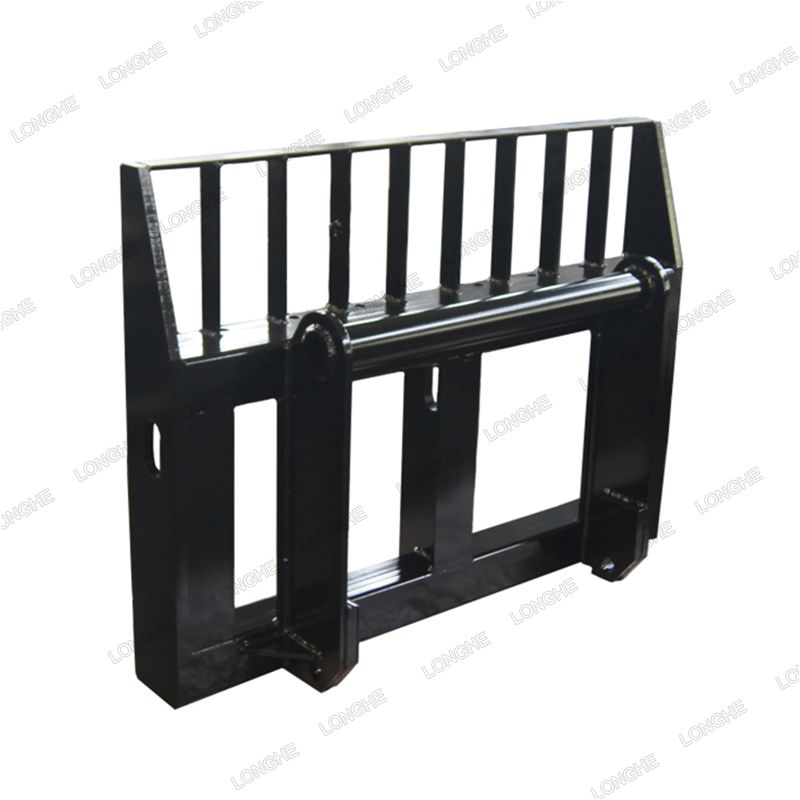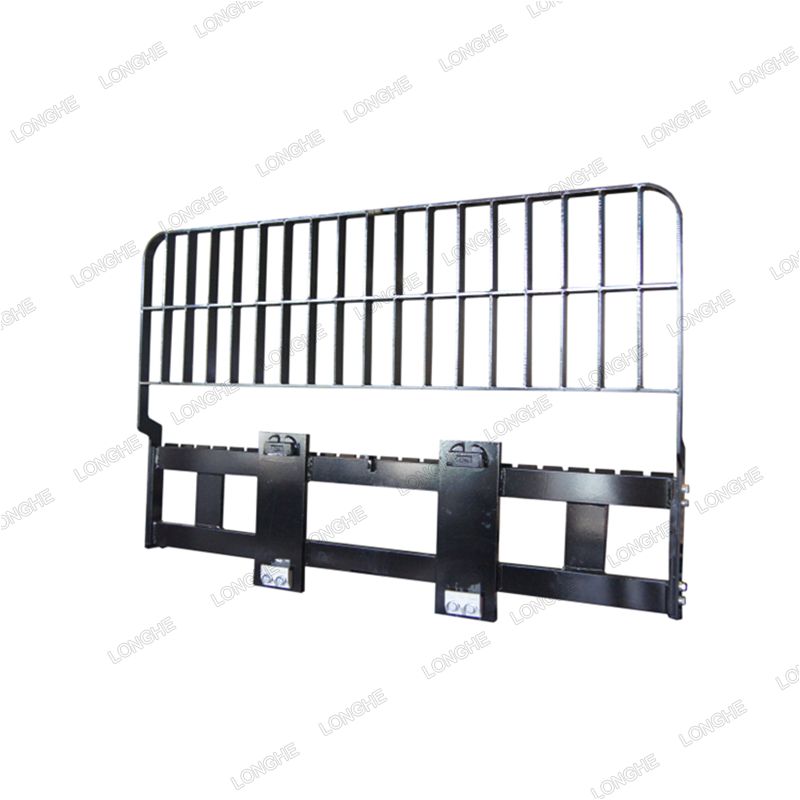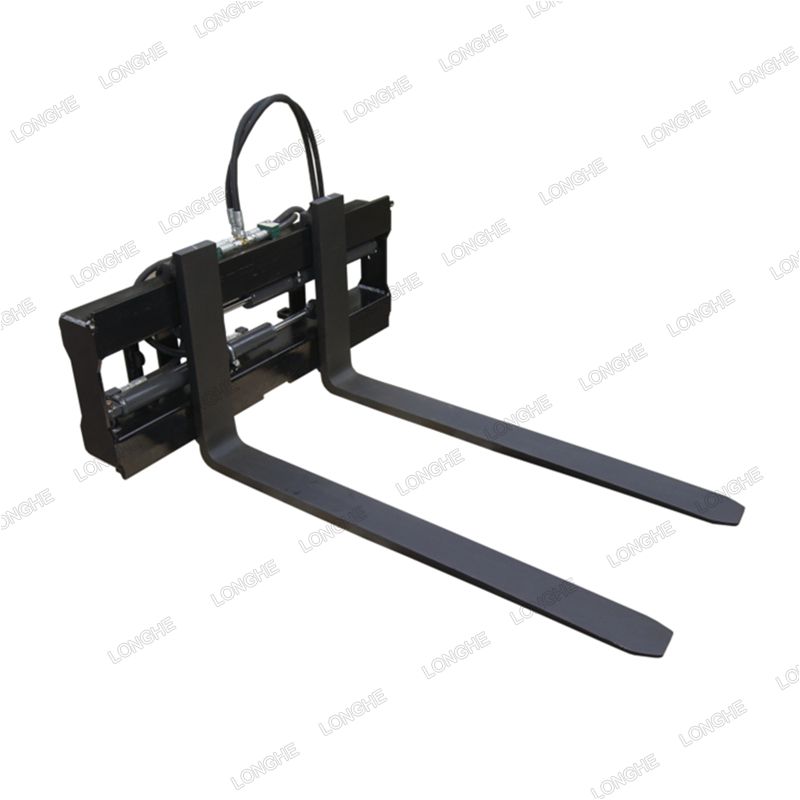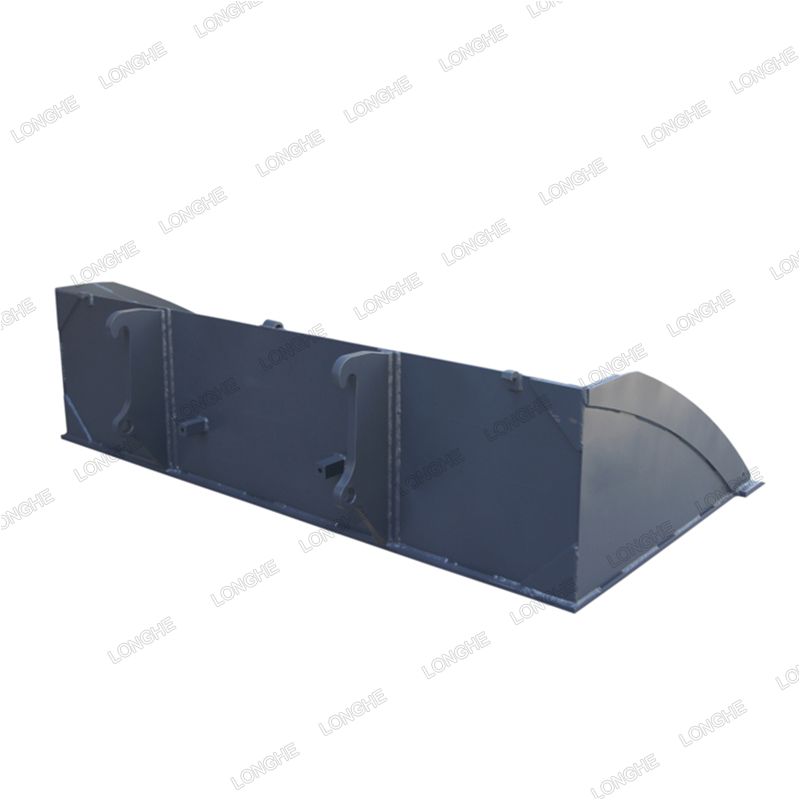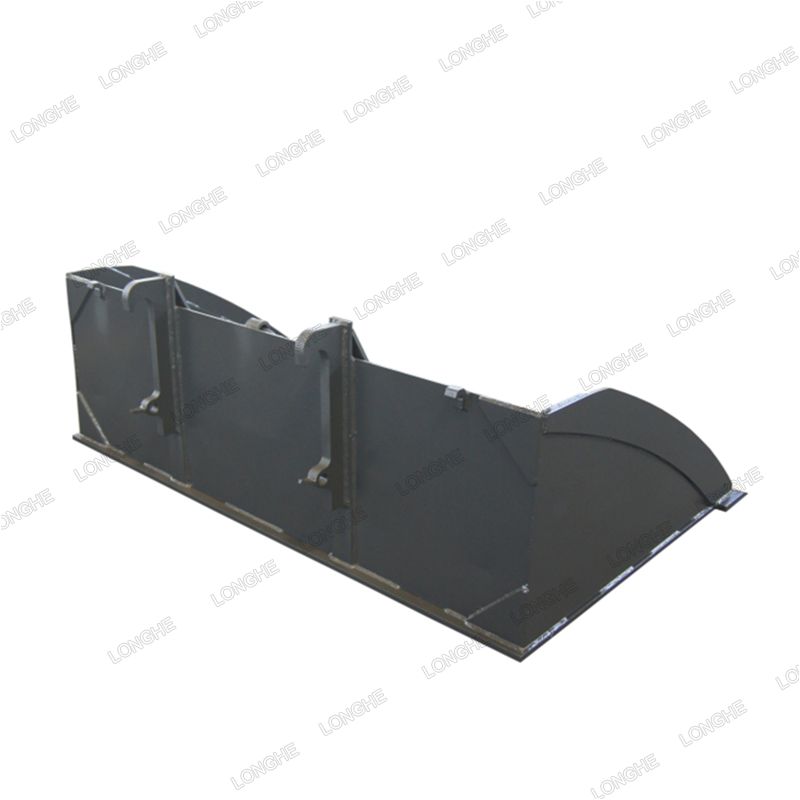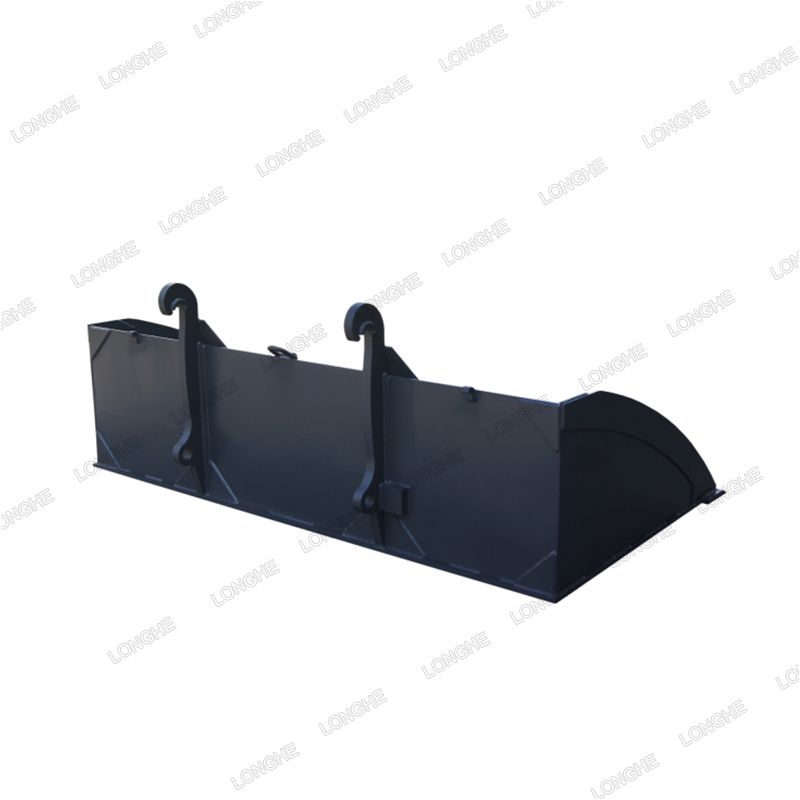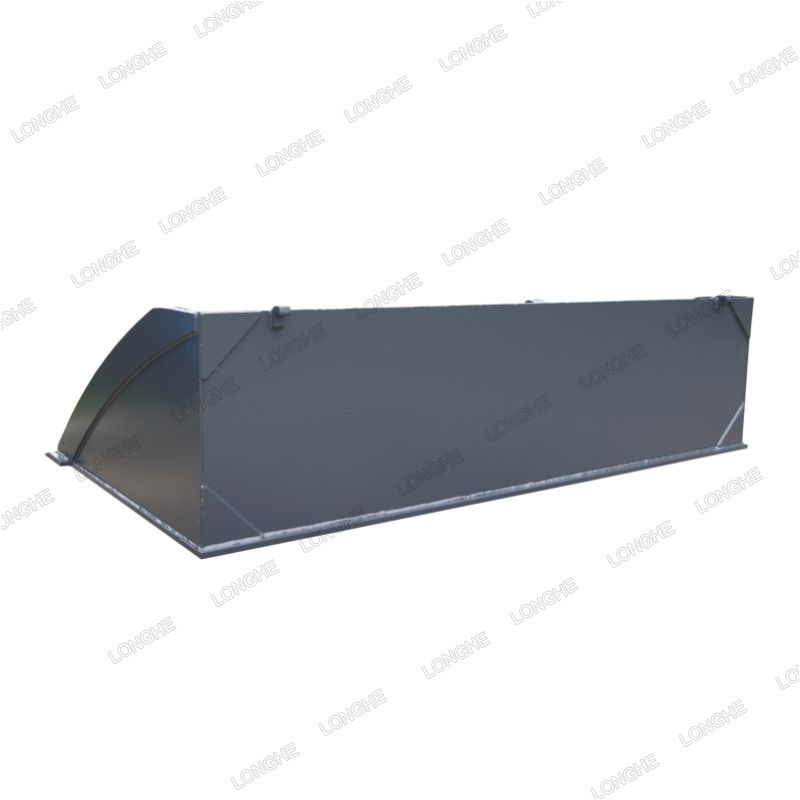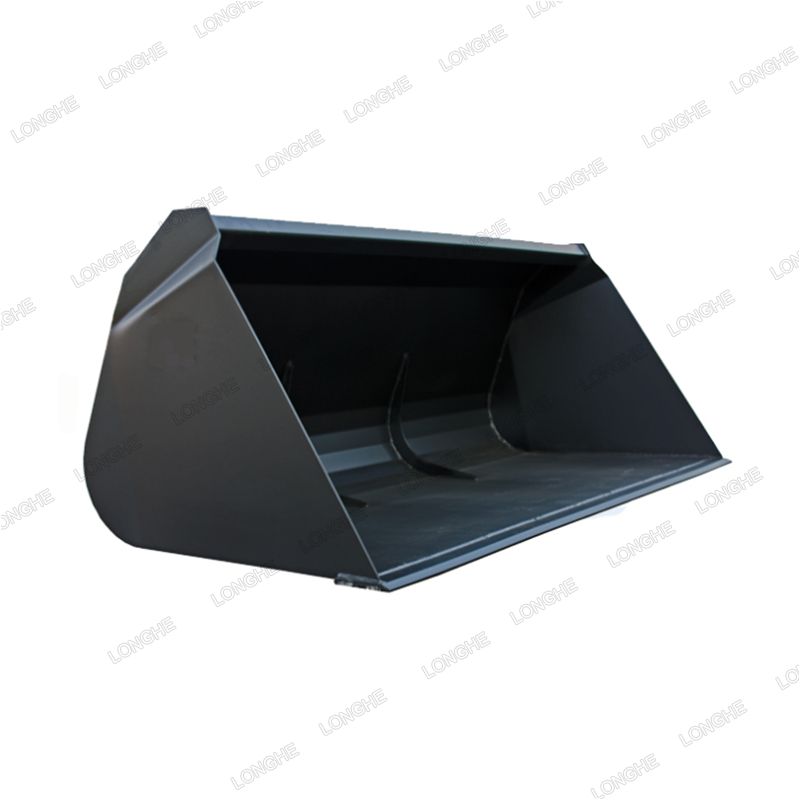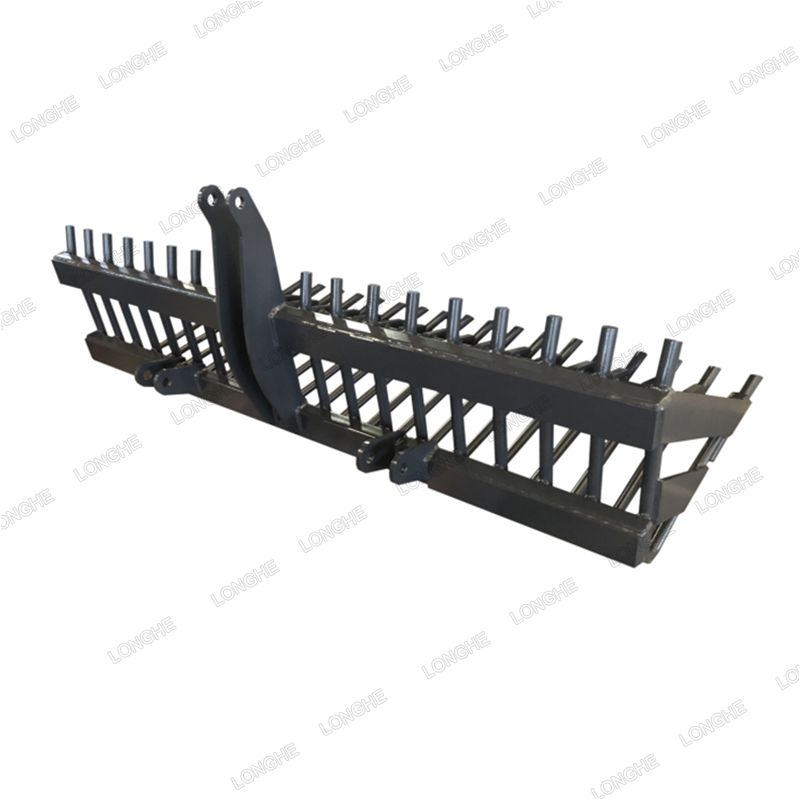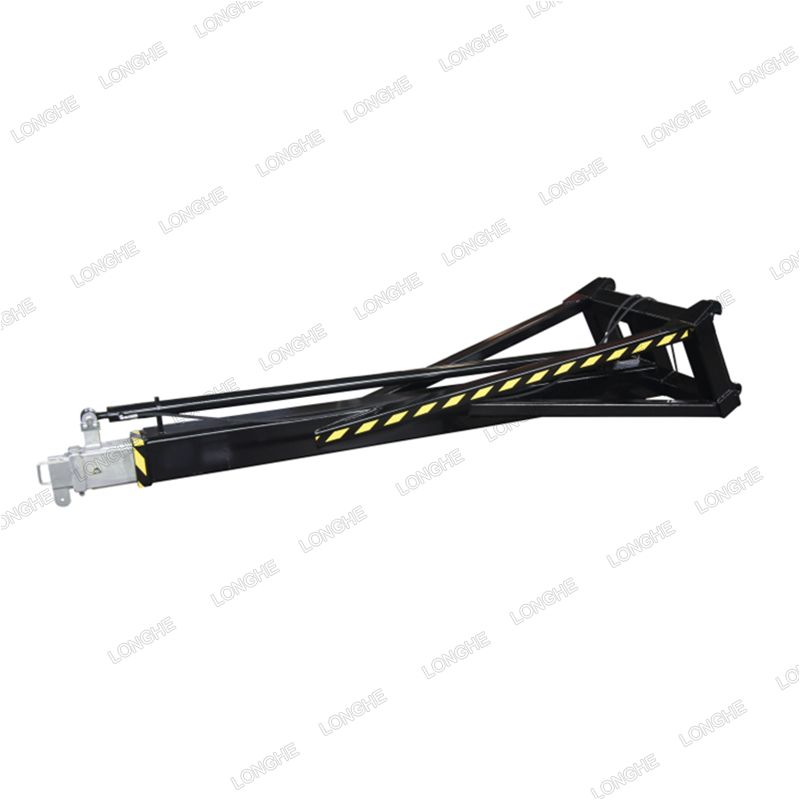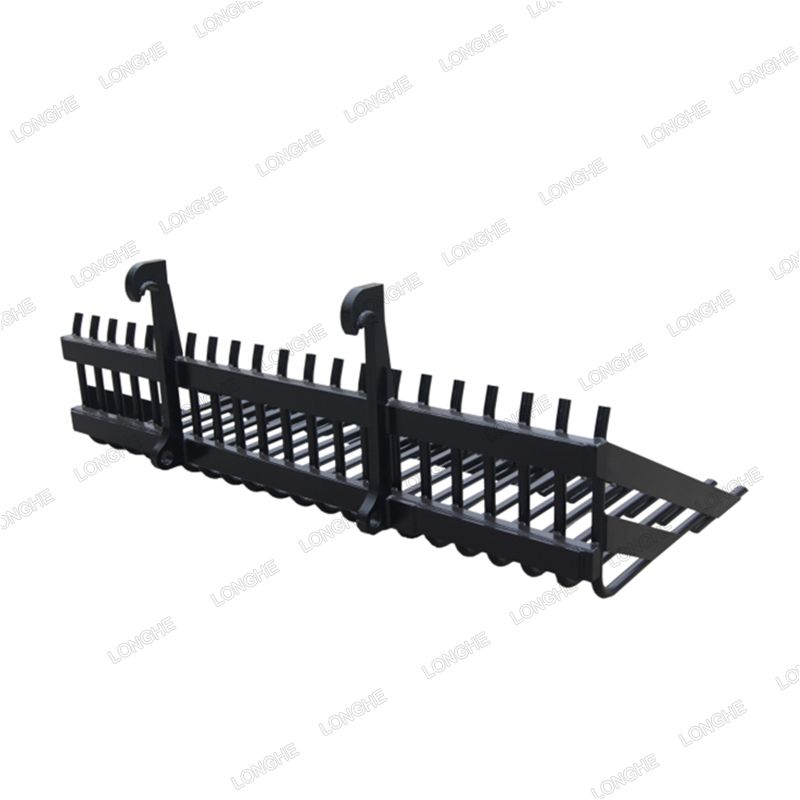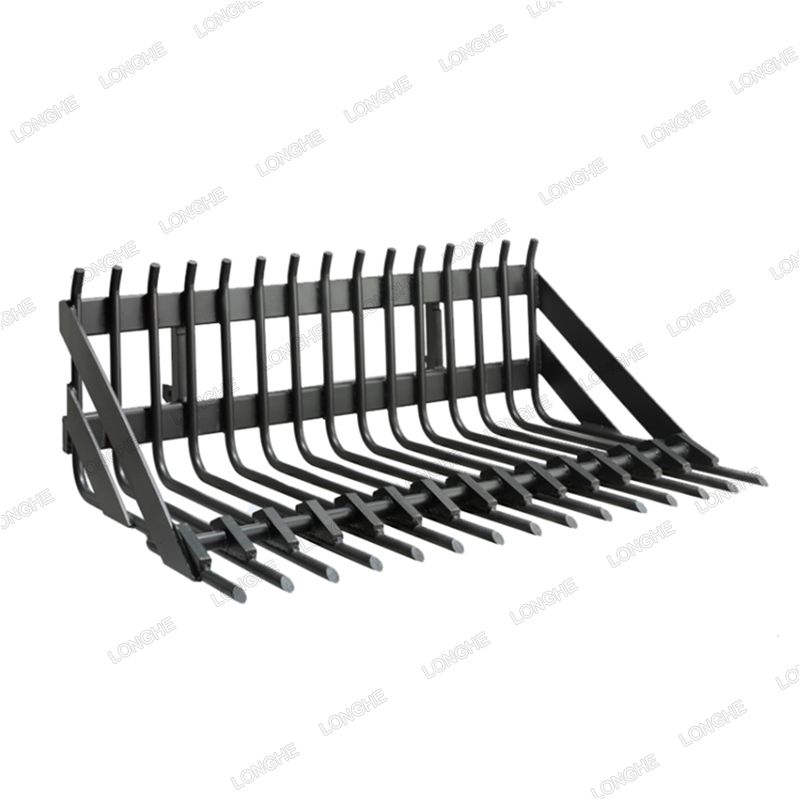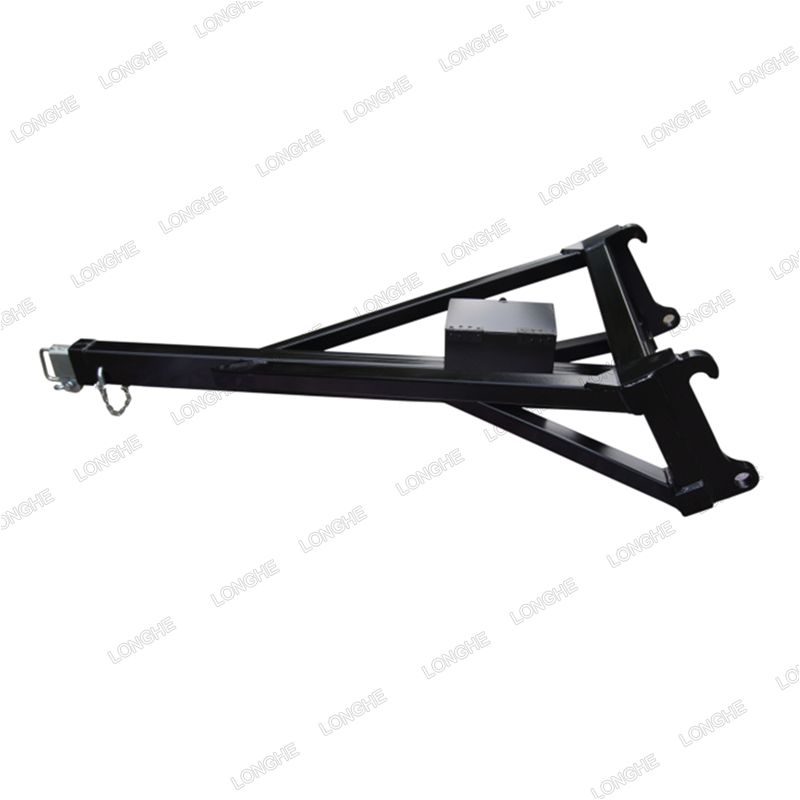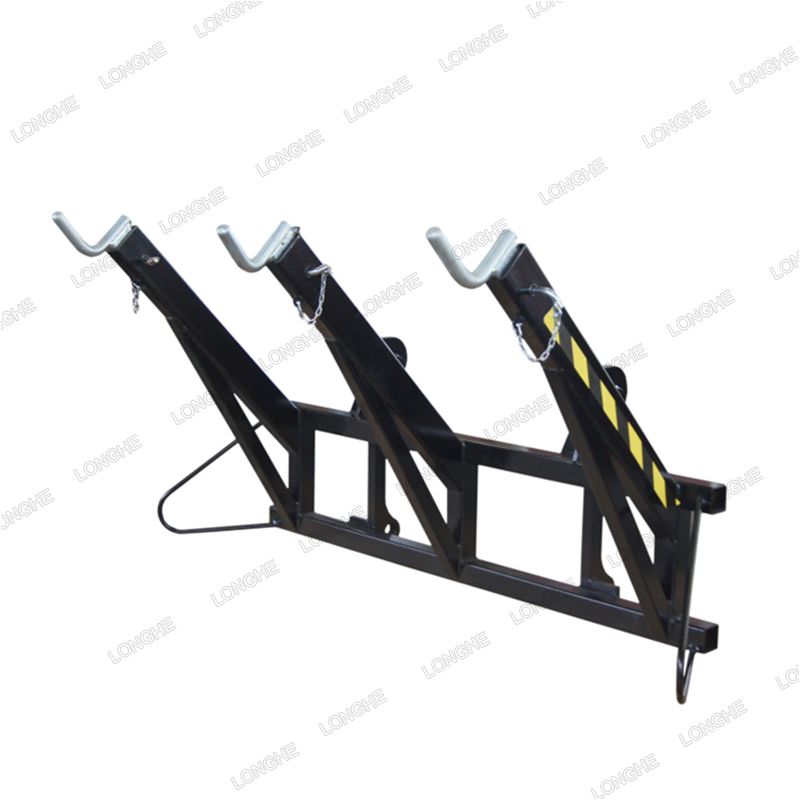Pallet forks are among the most versatile and commonly used skid steer attachments, found in industrial plants, construction sites, landscaping projects, and farm tasks. Investing in this attachment for your skid steer can significantly reduce labor costs and save time.
However, not all pallet fork frames are created equal. To avoid unnecessary expenses, it's crucial to know how to choose the right pallet fork frame that suits your needs. Many individuals find the process overwhelming and challenging due to the various essential factors to consider.
One of the most critical aspects in selecting a frame is understanding the capacity of your skid steer. Determine whether you require a light-duty, standard-duty, or heavy-duty attachment by assessing your skid steer's load and lift capacity.
Light-duty pallet fork frames are commonly designed for small skid steers and track loaders. Its capacity is around 2,500 lbs, while Standard-duty pallet forks are about 4,000 – 5,000 lbs. These can be used on full-size skid steers. Heavy-duty pallet forks are perfect for large skid steers with a capacity of up to 10,000 lbs.
A general rule of thumb is to subtract the weight of the frame and pallet forks from your equipment's load capacity. Exceeding this limit could lead to instability in the skid steer, posing risks to the operator and potentially causing damage to the pallet forks or the equipment.
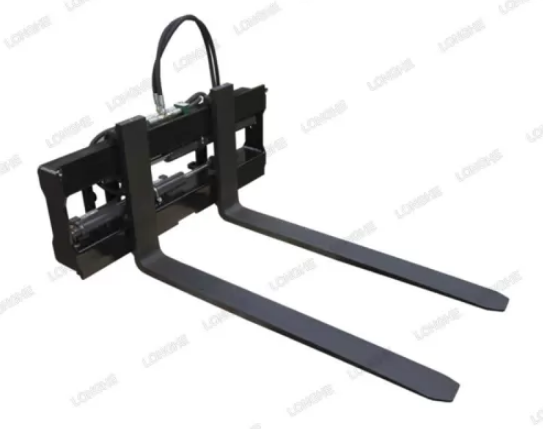
Common Classes Of Skid Steer Pallet Fork Frames
Understanding the carriage class of your pallet fork frame is crucial because it determines compatibility with different pallet forks. There are four common classes of pallet forks and frames: Class 1, 2, 3, and 4. To identify the class, simply measure the distance between the top and bottom carriage bars.
- Class 1 has a height of 13" with a lifting capacity below 2,200 lbs.
- Class 2 has a height of 16" with a lifting capacity between 2,200 lbs. to 5,500 lbs.
- Class 3 has a height of 20" with a lifting capacity between 5,500 lbs. to 11,000 lbs.
- Class 4 has a height of 25" with a lifting capacity between 11,000 lbs. to 17,600 lbs.
Pallet forks must only be paired with frames of the same class. So it is crucial to know your pallet forks and frame. For instance, a Class 2 frame cannot be paired with Class 3 forks because the classification identifies the "hanger" or "hook" spacing on the forks and frame.
Style Of Pallet Fork Frames
Pallet fork frames come in various styles, each offering unique features or accessibility considerations. Before purchasing one, it's essential to understand these different styles:
Walk-Through Frames
One common style is the Walk-Through pallet fork frame. This design features a large opening in the back, allowing the operator to enter the skid steer easily. Instead of climbing over or around the fork back frame, the operator can simply walk through it. This design prioritizes job safety, providing a safer way to enter and exit the machine.
Low-Profile Frames
Some prefer Low-Profile pallet fork frames to enhance forward visibility while operating the skid steer. These frames are designed to minimize obstruction and provide better visibility for the operator.
Brick Guards
Pallet fork frames with Brick Guards are also popular. These frames include protective guards that prevent damage to the skid steer if the load tips backward towards the machine. Brick guards offer added protection and peace of mind when handling loads.
Frames With Steps
Another design includes Frames With Steps, which feature steps mounted on each side of the pallet fork frame. These steps enable the operator to quickly and safely enter or exit the skid steer. Frames with steps enhance operator convenience and accessibility during operation.




